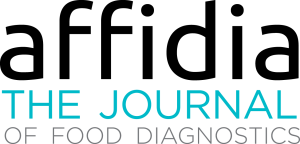EFSA releases report on pesticide residues in European food
The European Food Safety Agency (EFSA) has published its latest report on pesticide residues found in food sold in Europe, providing encouraging results with room for further improvement.
In the 2022 study, a record-breaking number of samples - over 110 000 - were collected and examined, representing a 25% increase from previous years. These samples included data from national control activities conducted by individual Member States, as well as contributions from Norway and Iceland.
The report focused on 12 key food items, as outlined in the EU multi-annual control programs. These products consisted of apples, strawberries, peaches, red and white wine, lettuces, head cabbages, tomatoes, spinach, oat grains, barley grains, cow's milk, and pork fat. Notably, 51.4% of the samples were found to be free of quantifiable residues, while 47% had residues within or below the specified limits. Only 1.6% of samples exceeded the safe thresholds. This data reflects a positive trend compared to the previous analysis conducted in 2019, where the exceedance rate was 2%.
Furthermore, the report assessed the risk to consumers regarding exposure to residues exceeding safety thresholds. The overall conclusion was that the risk remains low. However, EFSA outlined recommendations to enhance the efficiency of pesticide residue control systems across Europe, emphasizing the importance of continuous improvement.
To provide more detailed information, EFSA's interactive pages offer detailed information, including insights into the origin of analyzed samples and allow comparisons with data from previous reports. One specific focus was on glyphosate and its derivatives, where exceedances were minimal.
Additionally, with regards to processed food products, certain items such as grape leaves, dried caraway seeds, dried parsley, dried wild herbs, and basil and edible flowers showed non-compliance rates above 10%. Tuna and honey were also identified as areas requiring greater attention within the category of animal-origin foods.
Overall, the report highlights a positive trend in the reduction of pesticide residues in European food. While certain food items require continued monitoring and decisive action, the existing control network has proven effective. Continuous adjustments are being made to enhance the network's efficiency and ensure the highest standards of food safety and consumer protection.
Source:






















